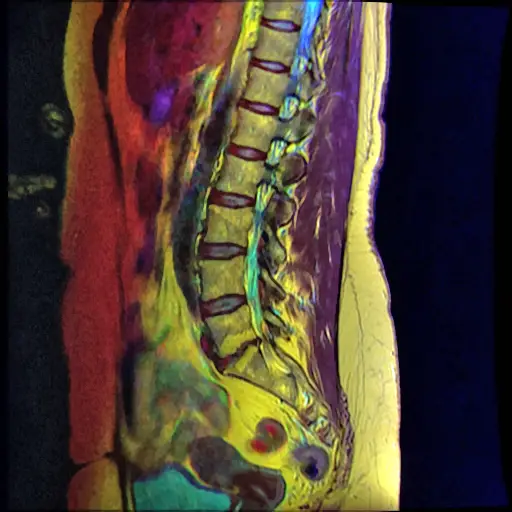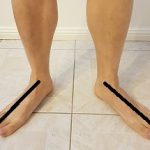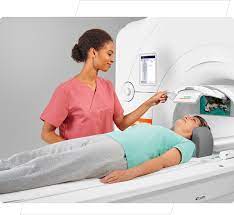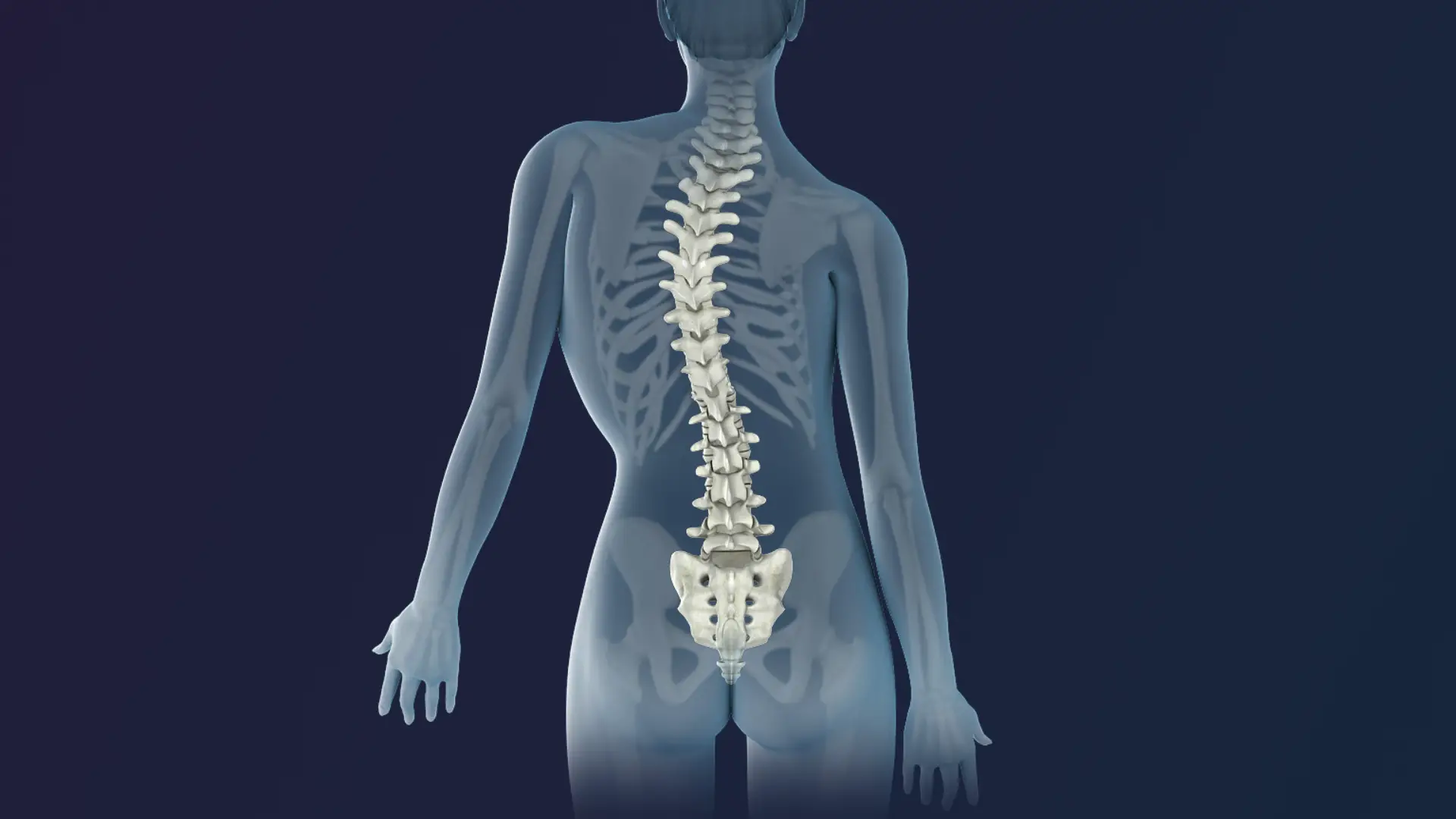Yes, a chiropractor can help to fix retrolisthesis. This is a condition where one vertebra in the spine slips out of place and puts pressure on the nerves. Chiropractic care is a great option for those suffering from this condition, as it works to reduce pain and improve mobility by manipulating the spinal column and adjusting vertebrae back into their proper alignment.
Through regular visits, chiropractors can use spinal manipulations, stretching exercises, and other therapeutic treatments to reduce inflammation, increase range of motion, and restore normal functioning of the spine.
In addition to these treatments, patients may also be advised to make lifestyle changes such as exercising more regularly or eating healthier to improve overall health and wellness. With the right care plan, retrolisthesis can be managed effectively over time so that patients can return to an active, healthy life.
What is Retrolisthesis?
Retrolisthesis is a spinal condition in which one vertebra in the spine slips backward, out of its normal alignment with the adjacent vertebra. This can cause a narrowing of the spinal canal, resulting in pressure on the spinal nerve and joint dysfunction. It usually occurs in either the cervical or lumbar spine but can occur anywhere along the spine.
The intervertebral disc between the two vertebrae may become compressed due to retrolisthesis, causing pain and discomfort as well as instability in the spine. If left untreated, retrolisthesis can lead to more serious conditions such as spinal stenosis or even paralysis. For a related article, check out the post can a chiropractor paralyze you.
Treatment for retrolisthesis may include physical therapy, bracing, medications, or surgical interventions depending on severity. With proper treatment and management, patients with retrolisthesis can have full recovery and return to their desired activities without any further complications.
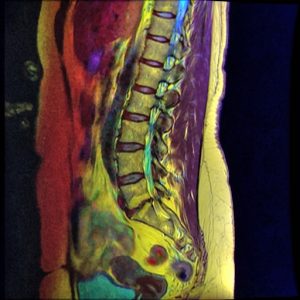
How Serious is Retrolisthesis?
Retrolisthesis is a serious spinal condition that can cause a great deal of pain and discomfort. It is caused by a slippage of the vertebra in the spine, which can worsen over time if not treated.
This can lead to spinal degeneration, neck and back pain, numbness, and/or other symptoms. Treatment options depend on how severe the retrolisthesis is, but may include physical therapy, lifestyle changes such as exercising regularly or avoiding activities that aggravate symptoms. Surgery may also be an option for more severe cases.
Regardless of the treatment option chosen, it is important to monitor the condition so that it does not worsen over time. By doing so, individuals can effectively manage their retrolisthesis and reduce their risk of further spinal degeneration.
How Does Retrolisthesis Affect Ability To Work?
Retrolisthesis is a condition in which one vertebra in the spine slips out of its normal position, backward onto the vertebra below it. This can cause pain, stiffness and decreased range of motion in the affected area. It can also affect a person’s ability to work by limiting their mobility and ability to perform certain tasks.
Those with retrolisthesis may find it difficult to sit for long periods of time or to twist, turn or bend their spine. It can also be painful to lift heavy objects or participate in activities requiring extensive movement of the spine. In some cases, surgery may be needed to correct the misalignment of the vertebrae and restore range of motion.
With proper treatment and management, those with retrolisthesis can still lead productive lives and continue working.
How Do Spinal Discs & Joints Get Damaged?
Spinal discs and joints can be damaged in a variety of ways. The most common cause of damage is degeneration due to age or injury. Discs, which are located between the vertebrae in the spine, can become herniated or dislocated resulting in neck pain, numbness, and tingling sensations. Spinal joints, such as those in the cervical region, can become arthritic from wear and tear resulting in inflammation and decreased range of motion.
Other causes of damage to spinal discs and joints include trauma, poor posture, disease processes such as rheumatoid arthritis, osteoporosis, and physical stress on the body. Damage to spinal discs and joints can be painful and disabling resulting in decreased mobility leading to further complications. Therefore it is important to recognize early signs of disc or joint damage to prevent further deterioration.
Retrolisthesis Treatment Options
Retrolisthesis is a spinal condition in which one of the vertebrae slips out of its original position, causing slippage of the disc and potential pain and discomfort. Treatment options for this spinal condition include chiropractic care, microcurrent therapy, and physical therapy. Chiropractic care focuses on treating the spine by manipulating areas of the brain that correspond to different parts of the spine.
Microcurrent therapy uses electrical stimulation to stimulate muscles and promote healing in areas affected by retrolisthesis. Physical therapy can help treat spinal conditions such as scoliosis or retrolisthesis, with exercises designed to strengthen weakened muscles and improve spinal alignment.
In order to create an effective treatment plan for retrolisthesis, it is important to consult with a doctor who can recommend specific treatments for your particular condition. With the right treatment plan in place, retrolisthesis can be managed effectively and provide relief from any associated pain or discomfort.
How To Prevent Retrolisthesis
Retrolisthesis is a condition in which one of the vertebrae in the spine slips backwards out of its normal position. This can cause pain and discomfort, as well as other issues with the lumbar spine. In order to prevent retrolisthesis, it is important to take steps to maintain good spinal health.
Regular exercise and stretching can help keep the spine flexible and strong. Additionally, maintaining proper posture when sitting or standing can help reduce pressure on the discs between each vertebra. It is also important to avoid activities that may aggravate existing degenerative disc conditions in the lumbar spine.
Finally, if you experience any symptoms of retrolisthesis such as pain or numbness, it is important to seek medical attention right away so that treatment can be started before the condition worsens.
